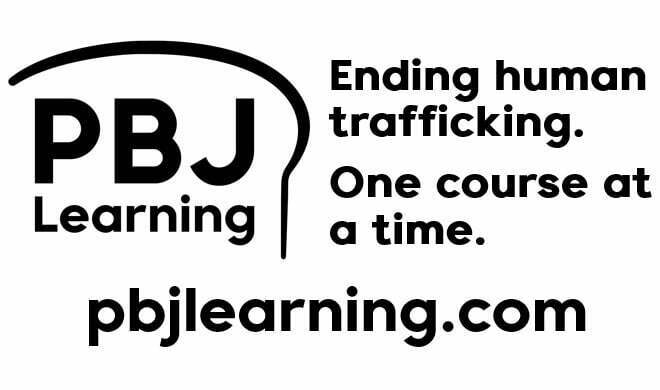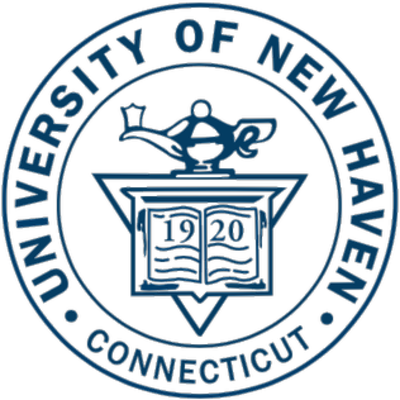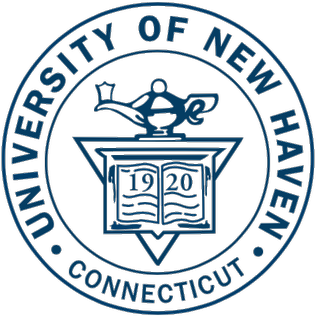Technology – Abetting Traffickers and Eradicating Trafficking
In the area of combatting human trafficking, technology is both a help and a hindrance. As the tech sector evolved, it gave traffickers new and easier ways to recruit victims, with an accent on social media’s role. Now, advancements have been made to assist advocate agencies and law enforcement in monitoring illicit activity. Different technological…




